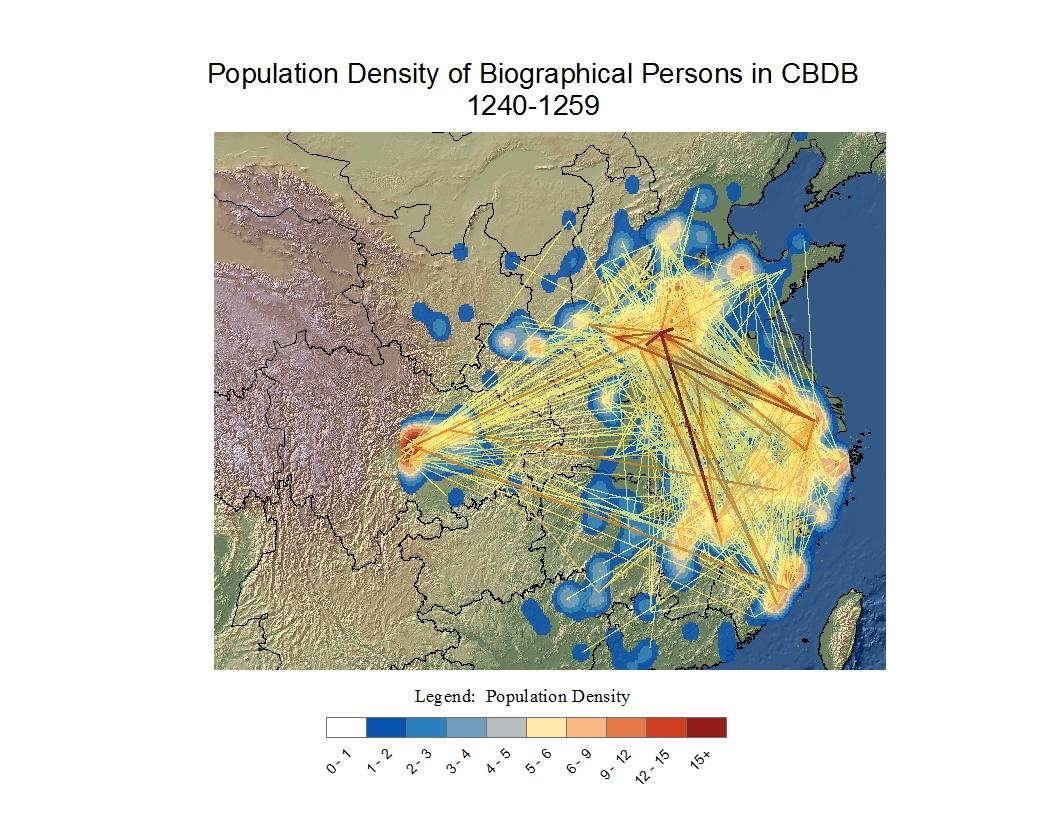Social network analysis (SNA) provides an alternative to the factor-based approach in L. Stone's discussion of prosopography. Charles Wetherell writes: “Conceptualizing community as collections of personal relationships … provides historians with a blueprint for evaluating when, how and why people in the past used kin and non-kin in the course of their lives. The findings of social network analysts that people need and seek emotional and economic support of different kinds, from different kinds of people, suggest new analytical imperatives. It is not enough now to look solely at how people used kin in times of crisis. Rather, historians need to pursue how people in the past used the kin and friends they had, for different things, throughout the life course, and in the context of the opportunities they enjoyed and the constraints they faced courtesy of demography and culture. Other approaches might be applied to the problem, but HSNA contains the essential perspectives that cannot only advance the debate, but also help historians to meet Tilly's challenge to connect the lives of ordinary people to large-scale change in meaningful ways. (Charles Wetherell, “Historical Social Network Analysis,” International Review of Social History 43 (1998), Supplement)
All social network queries in the stand-alone version of CBDB export data for visualization and some analysis to Pajek, freeware for social network analysis for Windows in UTF-8, GBK, or Pinyin romanization. There is a downloadable Pajek user guide as well a book, Exploratory Social Network Analysis with Pajek. Pajek files can also be opened in UCInet for Windows which has stronger analytic capabilities.
An example of network visualization is a set of 2717 letters by 453 persons sent from and to leading Neo-Confucians of Zhu Xi’s generation

This can we refined to show only those who corresponded with at least two people in the dataset, as below.

Or node size can reflect the relative number of letters written by an individual

The tie can reflect the number of letter between individuals.

In Pajek the kind or number of ties between persons can be labeled.

Kinship ties in local social networks can be depicted and compared at different moments.
 Above: the Components of the Network of First-order kinship relations in Putian, Fujian for men who obtained the jinshi degree between 1050 and 1100
Above: the Components of the Network of First-order kinship relations in Putian, Fujian for men who obtained the jinshi degree between 1050 and 1100

Above: the Components of the Network of First-order kinship relations in Putian, Fujian for men who obtained the jinshi degree between 1200 and 1250
Social network analysis can also be combined with GIS. The slide below (by Adam Mitchell and Darius Li) combines a density analysis of the homes of one generation of CBDB persons with lines showing the intensity of social relations between people from those places. A step by step guide to this kind is available on the CBDB website (Visualizing CBDB Data from the Song to Ming Dynasties: ArcGIS Technique and Methodology)

